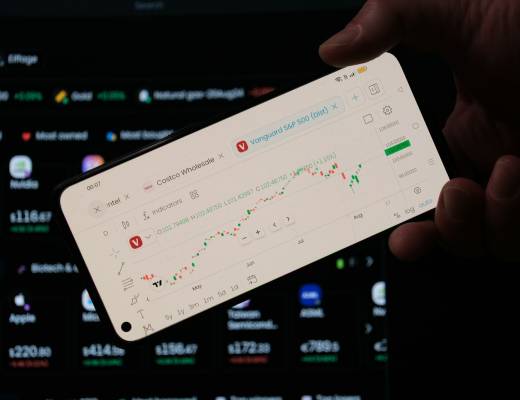Japan’s
core inflation rate has surpassed economists’ expectations, according to recent economic data. The figure, which excludes fresh food costs, came in higher than the 3% that economists had predicted in a Reuters poll.
This unexpected rise in core inflation suggests underlying price pressures may be stronger than previously anticipated in the world’s third-largest economy. The data comes at a critical time as Japan’s central bank navigates its monetary policy path.
Economic Implications
The higher-than-expected inflation reading could influence the Bank of Japan’s (BOJ) policy decisions in the coming months. With core prices rising faster than forecasts, policymakers may face increased pressure to consider adjusting their monetary stance.
Economists watch the core inflation figure closely because it provides a clearer picture of underlying price trends by removing volatile fresh food components. This measurement helps identify more persistent inflationary pressures in the economy.
The gap between the actual figure and economist predictions raises questions about inflation forecasting accuracy and whether the Japanese economy is experiencing stronger demand-pull factors than previously recognized.
Market Response
Financial markets typically react sensitively to inflation surprises, particularly in Japan where the central bank has maintained an accommodative policy stance for years. Bond yields, currency values, and stock prices may all adjust as investors recalibrate their expectations for future BOJ actions.
The Japanese yen could strengthen if markets interpret the data as increasing the likelihood of monetary tightening. Meanwhile, Japanese government bonds might see selling pressure as inflation expectations rise.
Policy Considerations
For the Bank of Japan, this inflation reading presents both challenges and opportunities. The central bank has long struggled to achieve sustainable inflation near its 2% target, often battling deflationary pressures instead.
Key factors that policymakers will likely consider include:
- Whether the higher inflation reflects temporary factors or a more sustainable trend
- The impact of global commodity prices on domestic inflation
- Wage growth trends and their relationship to consumer spending
- The broader economic recovery from pandemic disruptions
The BOJ must balance concerns about premature policy tightening against the risks of allowing inflation to run too hot for too long. This balancing act becomes more complex when inflation surprises to the upside.
The inflation data also arrives as global central banks, including the Federal Reserve and European Central Bank, adjust their own monetary policies in response to inflation pressures, creating potential spillover effects for Japan’s economy and financial markets.
As analysts digest this latest economic indicator, attention will turn to upcoming data releases to determine whether this higher inflation reading represents a new trend or a temporary deviation. The next few months of economic data will be crucial for understanding the trajectory of Japan’s price environment and the appropriate policy response.







